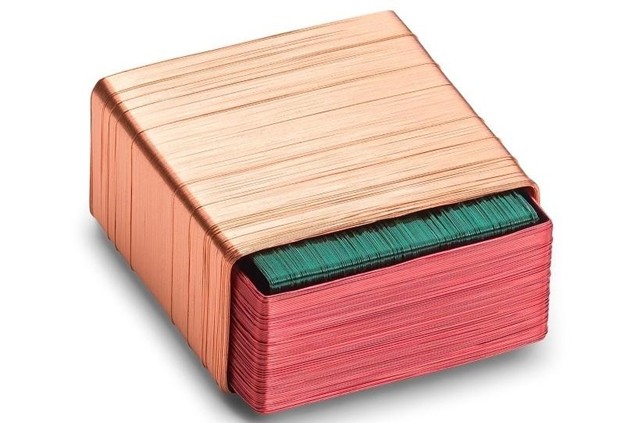5 Reasons Miniature Coils Are Growing in Demand

The miniature coil is also referred to as a micro‑coil and is gaining importance in the development of miniature medical sensors. Today, there is a rising growth based on the advances made in miniaturization, precision manufacturing, connectivity, limited applications, and known standards of production. The following are the top five reasons why there is a rising demand for these miniature electromagnetic components.
1. Essential for Miniaturized Medical Sensor Design
The miniaturization of medical sensors used in minimally invasive surgeries becomes possible due to the ultra-fine wires wound into microscopic coil formations. As a result, medical sensors made by such a method enable doctors to:
- Access regions otherwise unreachable within the body
- Perform cryo‑cancer treatments (freezing/heat ablation)
- Reduce the disruption of body functions
- Minimize energy consumption
- Extend implant lifespan
2. Ultra‑Fine Wire and High‑Precision Manufacturing Demand
The fibers used are themselves up to 59awg, 5 to 10 times the thickness of a hair, allowing extreme density of winding and miniaturization
Such tiny coil form factors need windings of 1,000 or more windings, producing state-of-the-art micro-machinery that needs to be custom-designed and manufactured on bespoke in-house facilities, because there are no commercial machines capable of producing the precision required
Even this mastery of micro-motion and control systems is unique: there are only a few places in the world capable of serial production of coils this tiny and tightly wound
3. Connectivity Technology: Thermo-Pressure Bonding
Connection of ultra-fine wires is problematic because conventional soldering or welding procedures may destroy wire insulation, oxidise the connection points, deform the wire itself, and degrade conductivity.
These are overcome with the patented thermo-pressure bonding technology, which first achieves molecular bonds, solder-free connections between ultra-fine wires (down to 9 microns) to thicker wires, or gold-plated terminals (up to 3 to 12 times as thick).
4. Expanding Range of Mission‑Critical Applications
Companies identifiy numerous medical sensor applications where miniature coils play a vital role:
- Diagnostics: wireless communication with implanted physiological, glycemic, and flow sensors
- Active implants: pacing, deep‑brain stimulation, pain‑management systems
- Therapeutics: electrophysiology devices and RF ablation
- Navigation/orientation: targeted drug delivery, catheter positioning, stent placement, inter‑body tagging, and endoscopic navigation
- Energy and RF transfer: internal battery charging, electromagnetic therapy, heat treatment
- Temperature measurement: micro‑thermocouples connected via thermo‑pressure bonding technology
These applications demand compact, precise coil form factors and ultra‑fine connectivity; designers increasingly rely on specialized micro‑coils.
5. Qualified Production and Trustworthiness
Although the contents of the article What Are Medical Sensors? Do not include the description of production certification directly; the wider quantity of material presented states that its production is indeed governed by ISO 13485 certifications with quality controls and traceability procedures in place, not only for material sourcing but also throughout device assembly.
Also, the in-house design and prototyping help to iterate early with the client and ensure that coils pass electromagnetic, geometric, and reliability specifications, and in doing so, support low-cost production of small and large quantities.
Conclusion
Increasing pressure to innovate medical sensor technology and the changing requirements of the contemporary healthcare industry are the direct factors behind the growing demand of miniature coils. Medical devices are getting smaller, smarter, and more precise, driving increasing design and performance demands in the materials that compose them, including ultra-fine wire coils.
One needs to choose a company with extensive experience in micro-coil winding, ultra-fine wire, and thermo-pressure bonding, which has placed the company at the forefront of this innovation.



